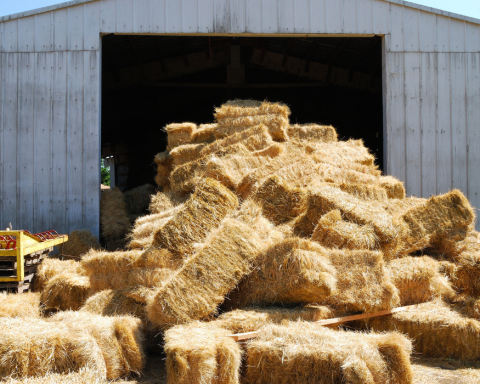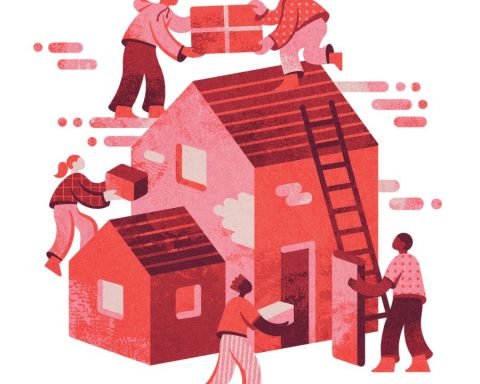Resource-conscious civil engineers have discovered a novel second life for the reusable resources in disposable diapers: use them in selected building components to produce more affordable housing.
“In an attempt to solve two environmental problems at once, researchers at the University of Kitakyushu in Japan have found that shredded nappies can be used to replace between 9 and 40% of the sand used in making concrete without reducing its strength,” reports the journal Nature.
Siswanti Zuraida, a civil engineer at the University of Kitakyushu—and mother of a toddler—began to think about diapers as a potential resource while lecturing at the Bandung Science Technology Institute near Jakarta.
“Single-use nappies are typically made from wood pulp, cotton, and super-absorbent polymers, small amounts of which have been shown to improve the mechanical properties of concrete,” the news story states. They are also widely available in places like Indonesia and other low- and middle-income countries, where population numbers are growing, “leading to more babies, more nappies, and more demand for low-cost housing.”
Zuraida decided to replace different percentages of sand with cleaned and shredded diapers in a concrete slurry, to see how it would affect durability. The experiment did end up lowering concrete’s comprehensive strength, so structural elements like beams and floors needed greater concentrations of sand than “architectural elements” like concrete blocks and wall panels.
The latter remained functional even when 40% of the sand was replaced by shredded diapers. Floors, on the other hand, stopped being weight-bearing when the percentage of diaper waste went above 9%. Demonstrating that a significant amount of diaper waste could be used as a building material—thereby curbing landfill waste and increasing affordable housing—Zuraida and her team calculated that up to 27% of the sand needed for a small, 36-square-metre single-story concrete house could be replaced by shredded diapers.
Single-use nappies are typically made from wood pulp, cotton, and super-absorbent polymers, small amounts of which have been shown to improve the mechanical properties of concrete.
– Nature journal
But multi-floored dwellings would need far more sand: a three-storey house would not stand with more than 10% of diaper waste in its concrete mix. Pressed for time, the researchers ended up using metal beams for the structural components in their demonstration house, using diaper-infused concrete only for architectural elements. “In total, the house used around 1.7 cubic metres of nappy waste, which made up roughly 8% of the total composite material volume,” Nature reports.
That could make a decent dent in the construction world, where as things stand, cement production is responsible for almost 7% of global greenhouse gas emissions, consuming around 50 billion tonnes of sand each year, with a devastating toll on ecosystems.
Christof Schröfl, a chemist who researches sustainable building materials at Dresden University of Technology, praised the team’s effort to turn non-recyclable waste into a resource as “a nice and really worthwhile piece within a step-wise process.” But he cautioned that keeping the supply chain between households, processing plants, and construction sites simple and short could prove tricky.
Zuraida agreed that pulling nappies from the waste stream would be challenging in the real world, Nature writes. “There’s no supporting system in the municipal waste management to separate diapers,” she said.
This article is republished from The Energy Mix. Read the original article.







